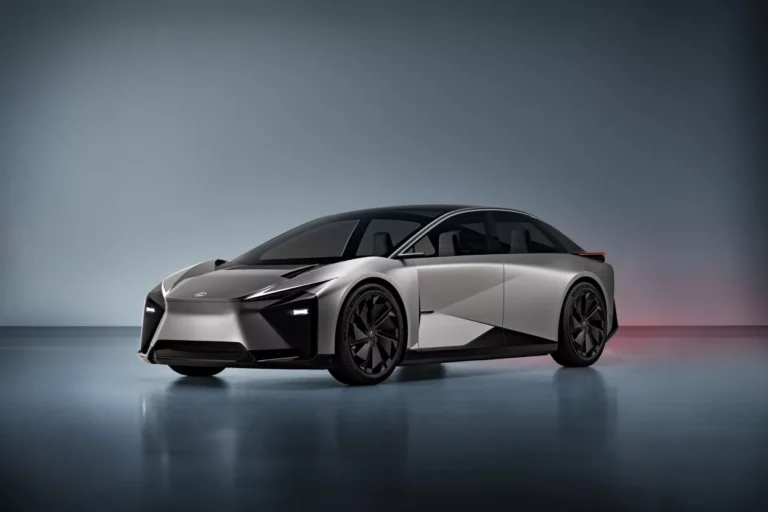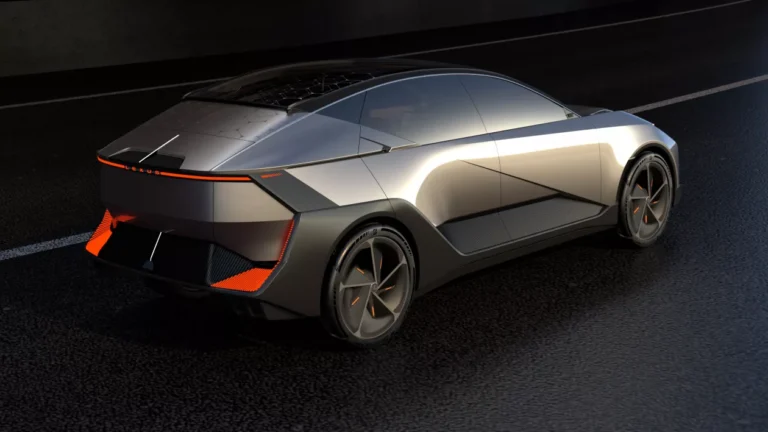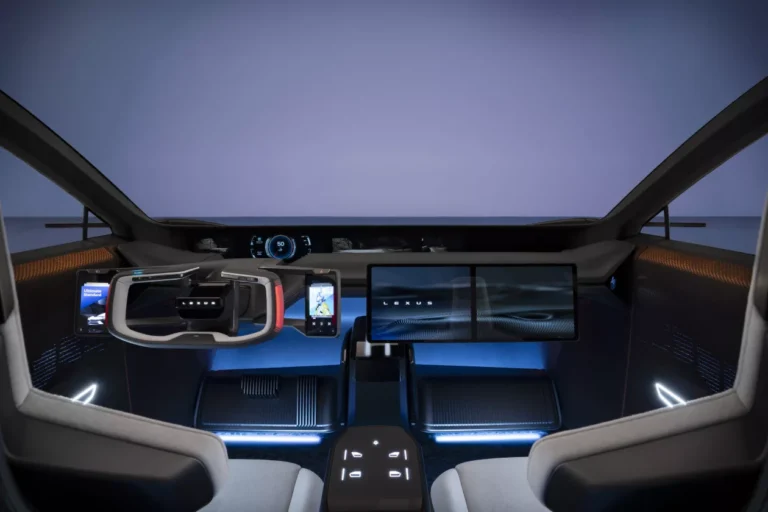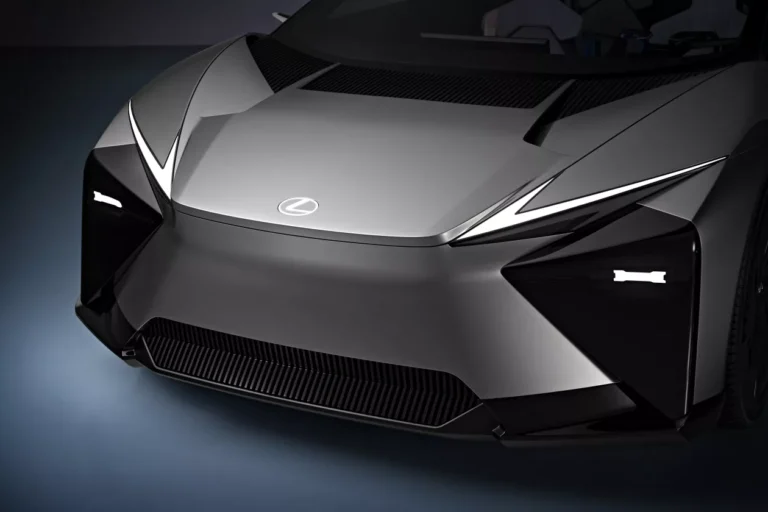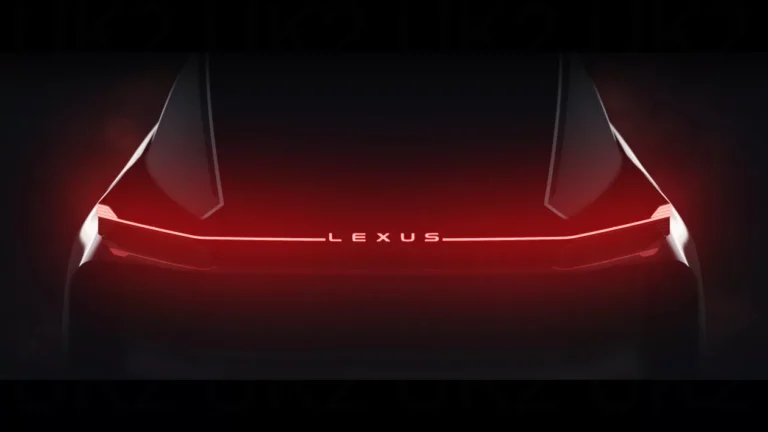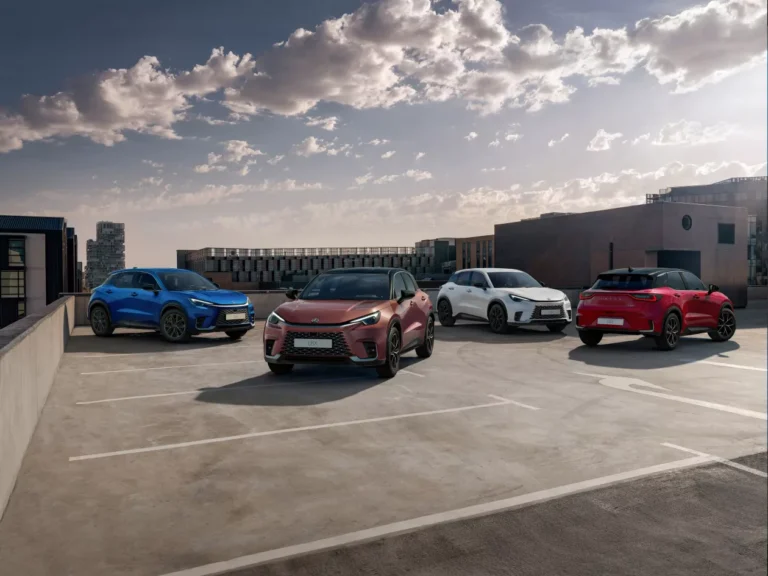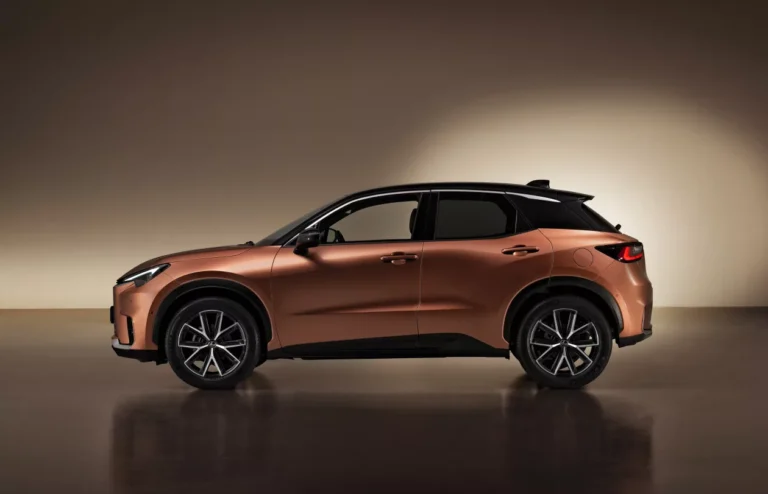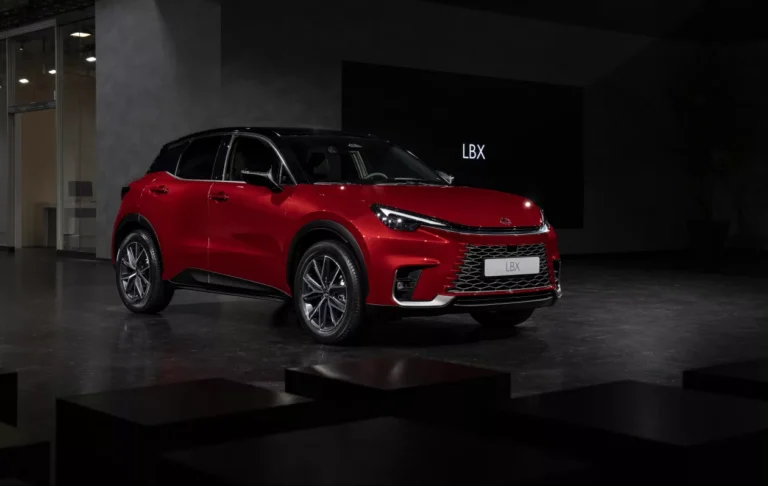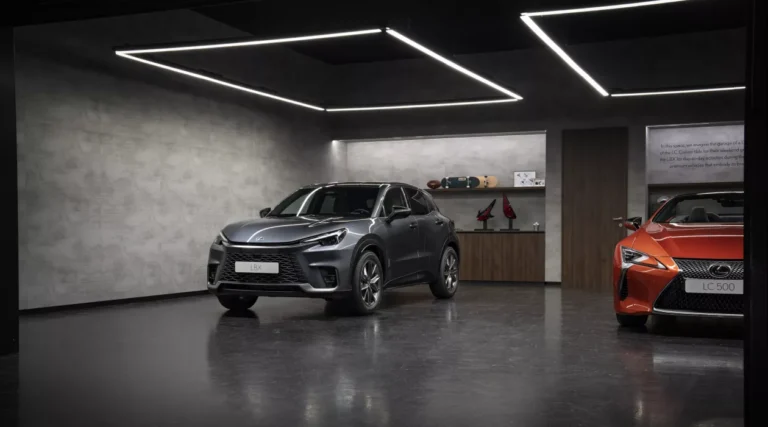Lexus has defined its strategy for a new generation of battery-electric cars. In doing so, it is applying design principles and new technologies that are changing the future of the car. At the annual Kenshiki forum in Brussels, Lexus gave deeper insights into its plans to develop into a global brand with battery-electric-only (BEV) models by 2035 and even earlier in Europe: by 2030, market conditions permitting.
Pascal Ruch, Vice-President Lexus Europe and Value Chain, says: “Lexus is a technology pioneer, ever since the brand was founded in 1989. The brand prides itself on challenging the conventions of the luxury car market and consistently offering new value to its customers. When it comes to electrification, we are once again pushing the boundaries of the premium car world. We are developing a new, modular vehicle structure and new batteries, not only to improve the performance of our BEVs, but also – perhaps more importantly – to reinvent driving pleasure. A revolution in software is also coming. This will allow us to develop cars with unprecedented personalisation capabilities, making luxury truly personal for our customers.”
Downsizing and weight reduction
Lexus’ next-generation BEVs benefit from the opportunities offered by downsizing and weight reduction of structural components, allowing cars to become more versatile. Advances in electrification enable further development of the Lexus Driving Signature – a constant, pleasant connection between the driver and the car that offers comfort, confidence and control at all times. The concept cars LF-ZC and LF-ZL show how Lexus intends to make the most of the potential of electrification and innovative technology to offer new mobility experiences.
LF-ZC
The LF-ZC (Lexus Future Zero-emission Catalyst), which made its European debut at the Kenshiki event in Brussels, is a preview of a new sedan that Lexus will launch in 2026. The car benefits from Lexus’ experience in electrification. Its clean proportions, low centre of gravity and spacious interior combine functionality with pleasing aesthetic design.
LF-ZL
The LF-ZL (Lexus Future Zero-emission Luxury) is a concept for a premium electric SUV that seamlessly connects people, mobility and society. The driver can tailor the driving experience to his individual preferences; interaction with the car reaches a higher level as the car makes personalised suggestions to its driver, based on his (driving) style and habits. The use of bamboo as a signature material in the interior refers to Japanese traditions and also reflects Lexus’ sustainable approach: industrial use of fast-growing bamboo is essential to prevent overgrowth and protect nature.
